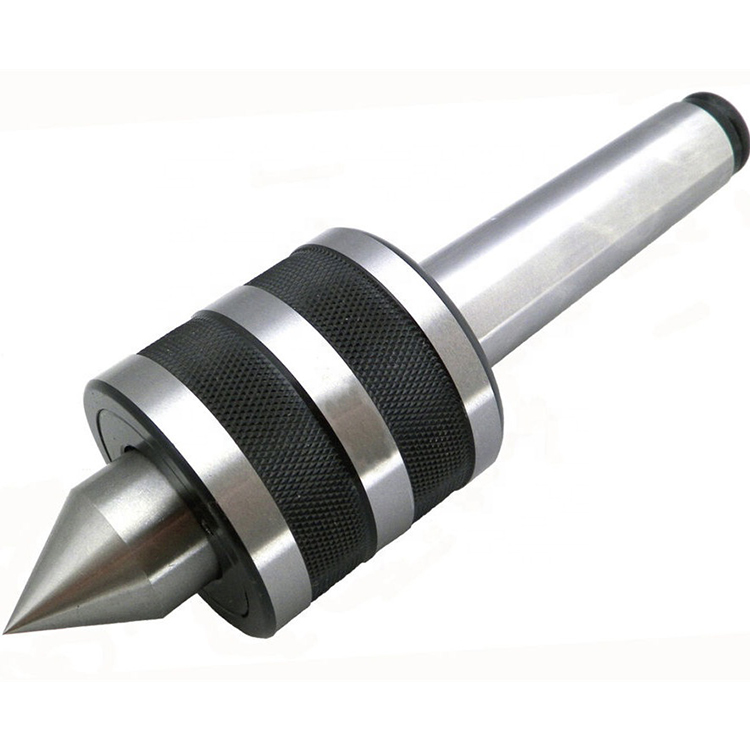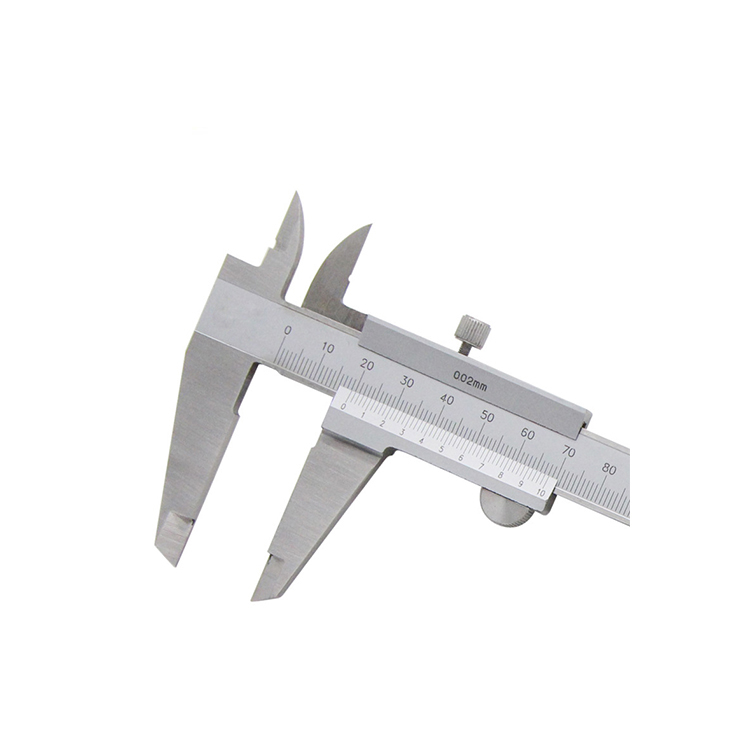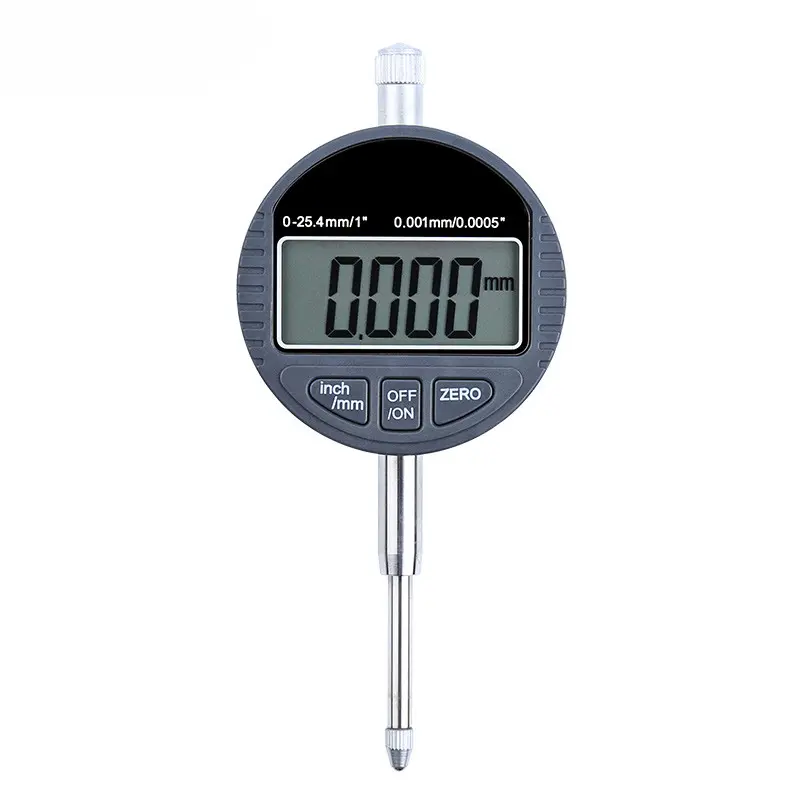morse taper extension sleeve
A morse taper extension sleeve is a valuable tool for machinists and engineers, primarily used to extend the reach of a Morse taper shank tool or adapt it to a larger or smaller machine spindle. This guide explores the purpose, types, selection criteria, and practical applications of morse taper extension sleeves, ensuring you make informed decisions for your machining needs.Understanding Morse TapersBefore diving into morse taper extension sleeves, it’s crucial to understand Morse tapers themselves. A Morse taper is a standardized, self-locking taper used to connect cutting tools (like drills, reamers, and end mills) to machine spindles (such as those found on drill presses, lathes, and milling machines). They offer a secure and accurate connection without the need for external fasteners. Morse tapers are designated by a number, from MT0 (smallest) to MT7 (largest), each with a specific taper angle and dimensions. You can find detailed specifications on machinery handbook or standards websites.Common Morse Taper SizesHere's a table outlining the basic dimensions of common Morse taper sizes. Note that these are nominal values and slight variations may exist.Taper SizeLarge End Diameter (in)Small End Diameter (in)MT00.3360.252MT10.4750.369MT20.7000.572MT30.9380.778MT41.2311.020MT51.7481.475Source: Machinery's Handbook (Various Editions)What is a Morse Taper Extension Sleeve?A morse taper extension sleeve, also sometimes called a morse taper extension socket, is an adapter used to: Extend the reach of a tool with a Morse taper shank. Adapt a tool with a smaller Morse taper shank to a machine spindle with a larger Morse taper bore. Adapt a tool with a larger Morse taper shank to a machine spindle with a smaller Morse taper bore (using a morse taper reducer sleeve in conjunction with the extension).Essentially, it bridges the gap between tool and machine, providing flexibility in tool selection and machine compatibility. Companies like Wayleading Tools offer a variety of sleeves and adapters to meet diverse machining requirements.Types of Morse Taper Extension SleevesMorse taper extension sleeves are broadly categorized based on their primary function: Extension Sleeves: These sleeves have the same Morse taper size internally and externally. They simply extend the tool's reach. For example, an MT2-MT2 extension sleeve. Adapter Sleeves (Increasing): These sleeves have a smaller Morse taper bore internally and a larger Morse taper externally. They allow you to use a tool with a smaller Morse taper shank in a machine with a larger Morse taper spindle. For example, an MT2-MT3 adapter sleeve. Reducer Sleeves (Decreasing): While technically not an extension, reducer sleeves are often used in conjunction with extension sleeves. They have a larger Morse taper bore internally and a smaller Morse taper externally. They allow you to use a tool with a larger Morse taper shank in a machine with a smaller Morse taper spindle. For example, an MT3-MT2 reducer sleeve.Selecting the Right Morse Taper Extension SleeveChoosing the correct morse taper extension sleeve is critical for optimal performance and safety. Consider these factors:1. Morse Taper SizesThis is the most fundamental aspect. You need to know the Morse taper size of: The machine spindle (internal taper). The tool shank (external taper).The sleeve must match these sizes appropriately. For example, if you have an MT2 drill and an MT3 spindle, you need an MT2-MT3 adapter sleeve. If your tool is too short, you need an MT2-MT2 extension sleeve, or any other morse taper size to morse taper size extension sleeve, as long as the tool and spindle match.2. Sleeve LengthThe extension sleeve's length determines how much the tool extends. Choose a length that provides adequate clearance for your workpiece and cutting operation. Longer sleeves offer greater reach but can also reduce rigidity.3. Material and HardnessMorse taper extension sleeves are typically made from hardened steel. Ensure the sleeve's material and hardness are suitable for the intended application and the materials being machined. Look for sleeves made from high-quality alloy steel for increased durability and wear resistance. Check the Rockwell Hardness (HRC) rating; a higher HRC indicates greater hardness.4. Accuracy and FinishPrecision is paramount. Look for sleeves with a ground finish and tight tolerances to ensure accurate tool alignment and minimal runout. High runout will negatively impact surface finish and tool life.5. Tang or No TangMorse tapers come with or without a tang (a flat projection at the small end). The tang is designed to engage with a slot in the machine spindle, aiding in tool removal. Select a sleeve that matches the tang configuration of your tool and machine.Practical Applications of Morse Taper Extension SleevesMorse taper extension sleeves find applications in various machining operations: Drilling: Extending the reach of drill bits in deep hole drilling applications. Reaming: Using reamers in hard-to-reach areas. Tapping: Adapting taps to different machine spindles. Milling: Extending the reach of end mills and other milling cutters. Lathe Work: Using tailstock accessories like live centers or drill chucks.Maintenance and CareProper maintenance is crucial for extending the life of your morse taper extension sleeves: Cleaning: Always clean the sleeve and the Morse taper shanks of both the tool and the machine spindle before use. Use a clean, lint-free cloth to remove any dirt, chips, or oil. Lubrication: Apply a thin film of light oil or anti-seize compound to the tapers to prevent galling and ensure smooth insertion and removal. Storage: Store sleeves in a clean, dry place to prevent rust and corrosion. Inspection: Regularly inspect sleeves for signs of wear, damage, or corrosion. Replace worn or damaged sleeves immediately.Troubleshooting Common IssuesHere are some common issues encountered with morse taper extension sleeves and their solutions: Sleeve Sticking: If a sleeve is difficult to remove, use a drift key or wedge specifically designed for Morse tapers. Avoid using excessive force. Tool Slippage: Slippage indicates a poor fit or contamination. Clean the tapers thoroughly and ensure they are properly engaged. Excessive Runout: High runout suggests a damaged sleeve or improper installation. Inspect the sleeve for damage and ensure it's fully seated in the spindle.ConclusionMorse taper extension sleeves are indispensable tools for machinists and engineers. By understanding their types, selection criteria, and proper usage, you can enhance your machining capabilities and achieve accurate, efficient results. Remember to choose high-quality sleeves from reputable suppliers like Wayleading Tools and prioritize proper maintenance to ensure long-lasting performance.
Related products
Related products
Best selling products
Best selling products-
 Key Type Drill Chuck With Heavy Duty Type
Key Type Drill Chuck With Heavy Duty Type -
 Type D Ball Tungsten Carbide Rotary Burr
Type D Ball Tungsten Carbide Rotary Burr -
 Parting & Grooving Tool Block For NCIH Blades
Parting & Grooving Tool Block For NCIH Blades -
 ANSI B94 HSS Jobber Length Drill Bits Fully Ground
ANSI B94 HSS Jobber Length Drill Bits Fully Ground -
 HSS ISO Metric Round Die Wieh Splite Or Adjustable Splite Type
HSS ISO Metric Round Die Wieh Splite Or Adjustable Splite Type -
 Precision Monoblock Vernier Caliper With Nib Style & Standard Style Jaws Of Metric & Imperial For Industrial
Precision Monoblock Vernier Caliper With Nib Style & Standard Style Jaws Of Metric & Imperial For Industrial -
 Precision Dial Test Indicator Gage For Industrial
Precision Dial Test Indicator Gage For Industrial -
 Precision 1-2-3, 2-3-4 or 2-4-6 Block With 1 And 11 And 23 Or None Hole
Precision 1-2-3, 2-3-4 or 2-4-6 Block With 1 And 11 And 23 Or None Hole -
 Dual Wheel Knurling Tools With Diamond Pattern For Industrial Type
Dual Wheel Knurling Tools With Diamond Pattern For Industrial Type -
 Midium Duty Live Center For Morse Taper Shank
Midium Duty Live Center For Morse Taper Shank -
 HSS Metric & Inch Dovetail End Mill With 45 And 60 Degree For Industrial
HSS Metric & Inch Dovetail End Mill With 45 And 60 Degree For Industrial -
 HSS DP Involute Gear Cutters With PA20 And PA14-1/2
HSS DP Involute Gear Cutters With PA20 And PA14-1/2
Related search
Related search- iso threading insert Suppliers
- MTJN turning tool holder Manufacturers
- carbide tipped dead center Manufacturers
- High-Quality turning tool holder
- High-Quality hss lathe tools
- Wholesale bull nose live center
- turning tool Manufacturers
- pull studs wrench Suppliers
- milling collet chuck set Supplier
- High-Quality carbide drills










